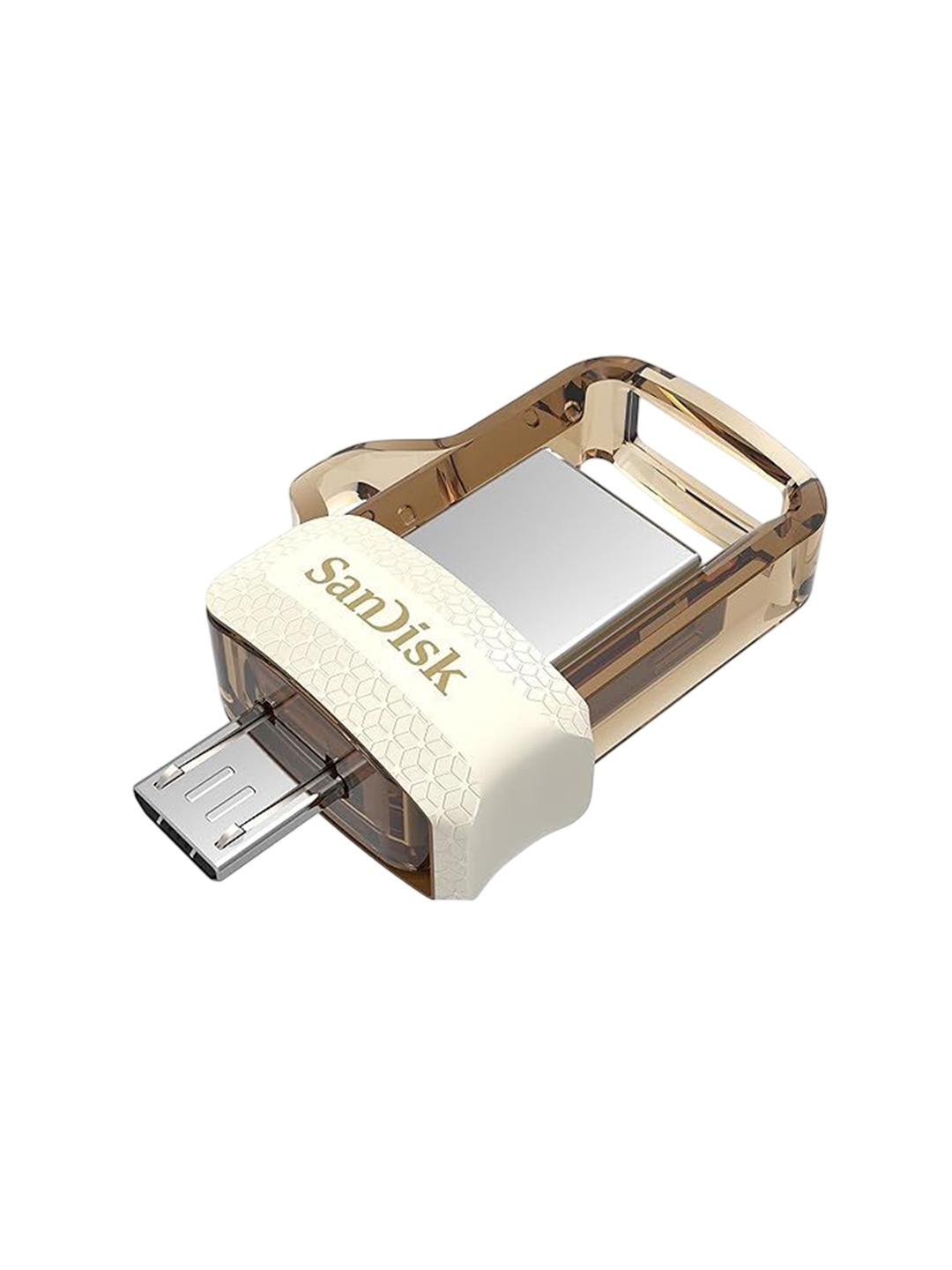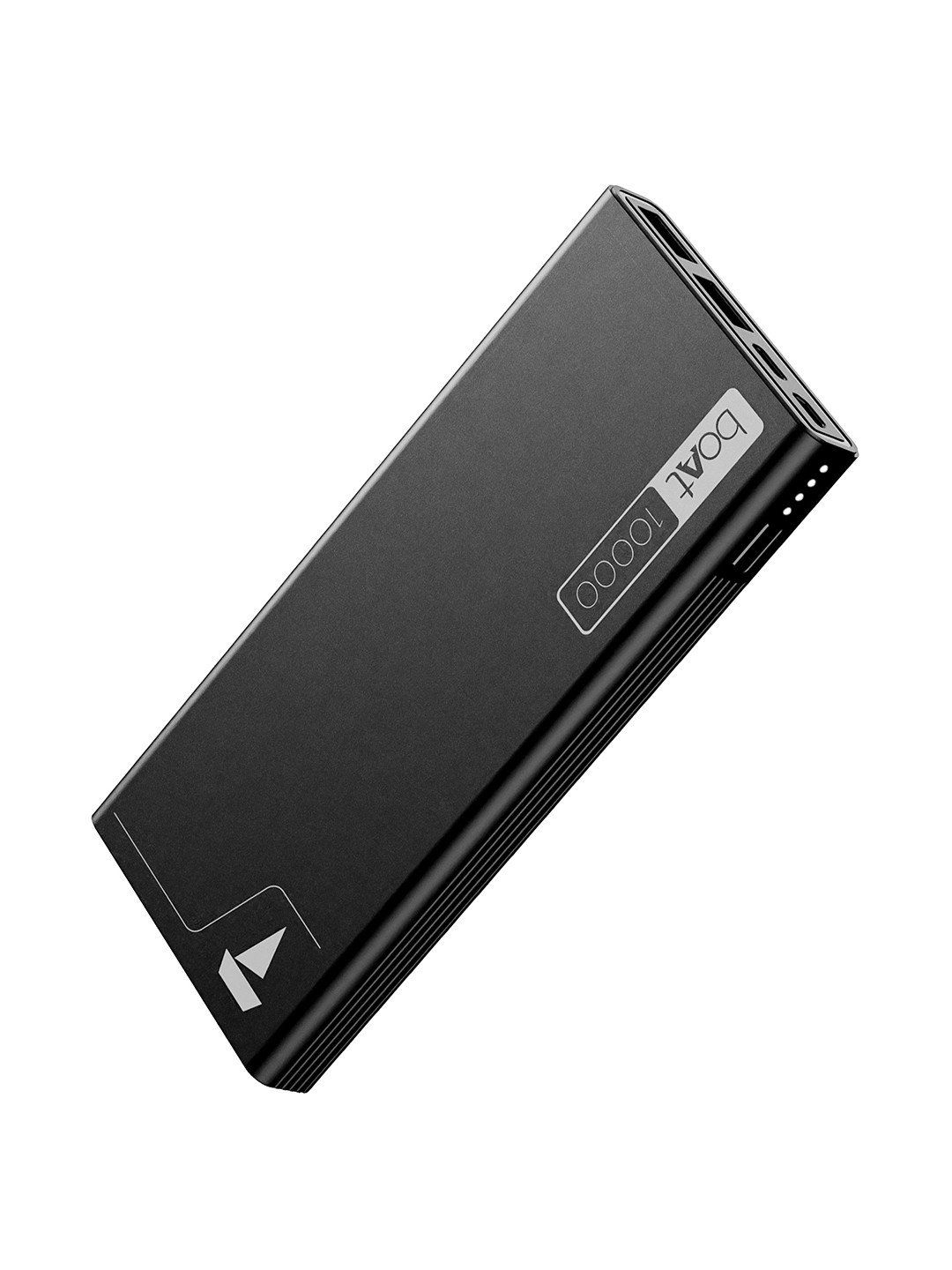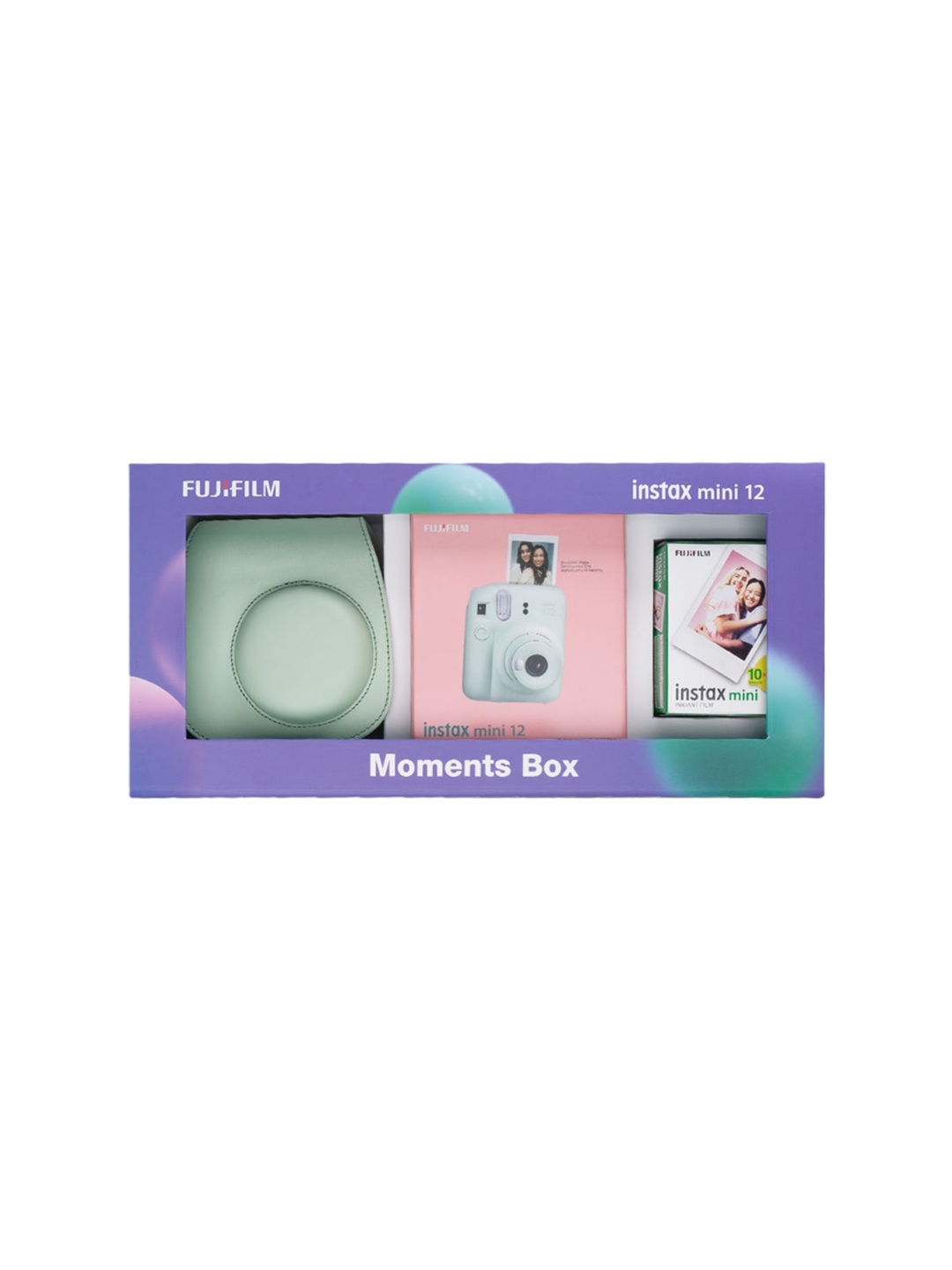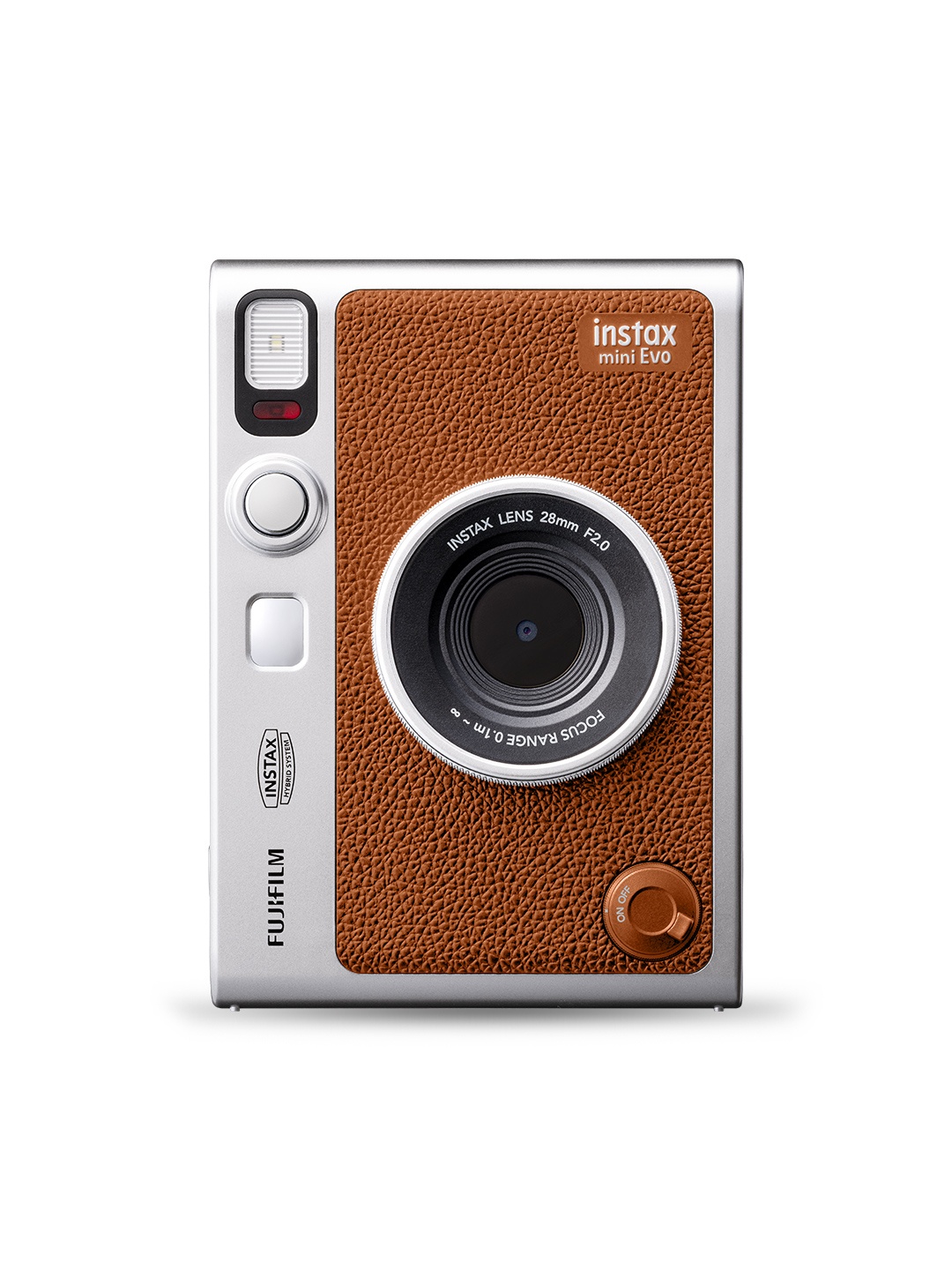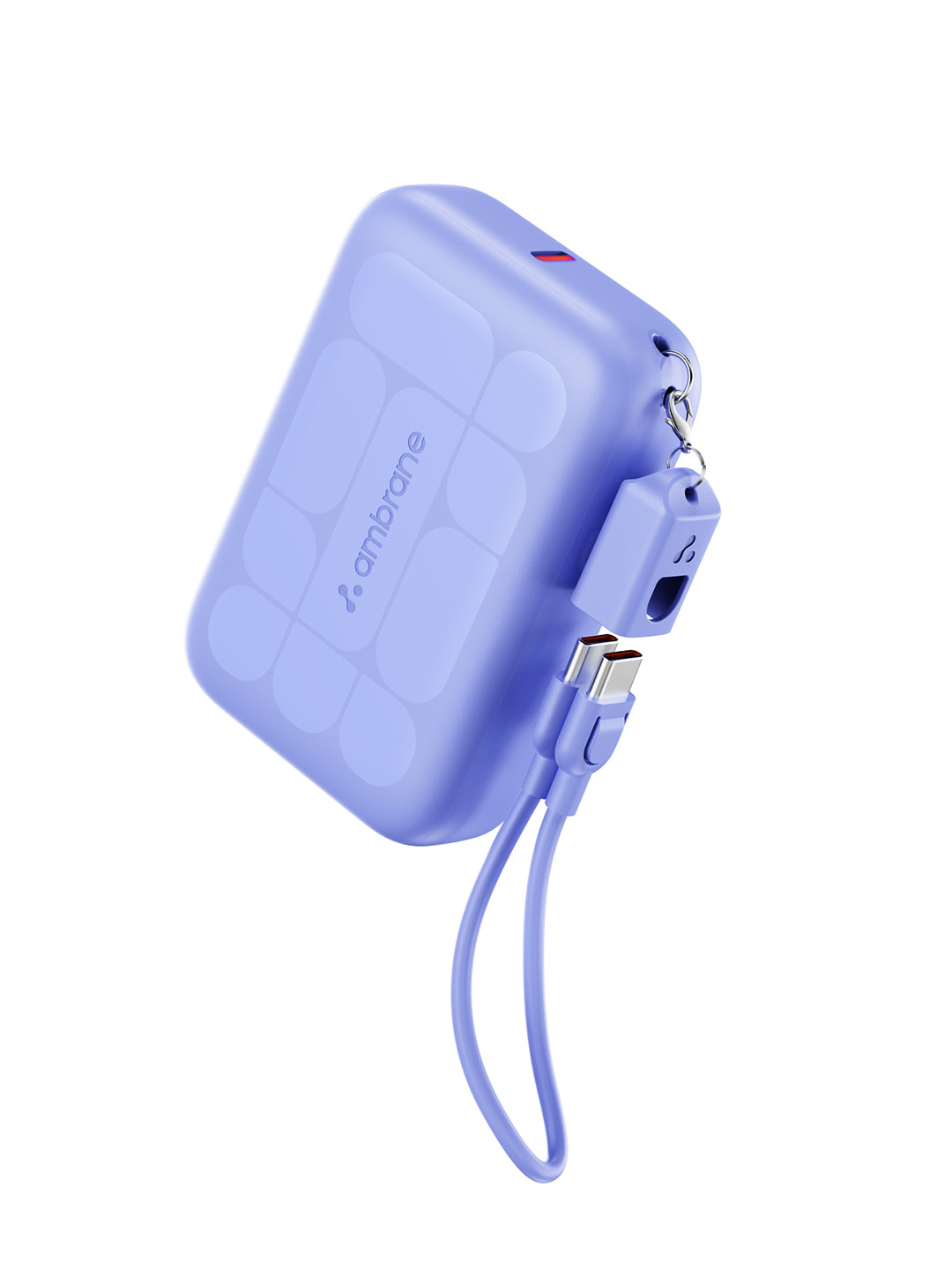Which DSLR Camera Type Matches Your Photography Style?
Discover the key differences between DSLR camera types and find out which one suits your photography needs best, whether you're a beginner or aiming for professional results.

Which DSLR Camera Type Matches Your Photography Style?
Choosing the right DSLR camera can feel overwhelming, especially with so many models and features available. Whether you're just starting out or looking to upgrade your gear, understanding the types of DSLR cameras is essential. Each type offers unique benefits tailored to different photography styles, skill levels, and budgets. From entry-level models to full-frame powerhouses, the variety ensures there's something for everyone. This guide breaks down the main DSLR categories, helping you make an informed decision that aligns with your creative goals and practical needs.

Store Those Beautiful Moments Forever; Photo Credit: Pexels
Photography is more than just capturing moments; it's about expressing perspective and refining technique. The type of DSLR you choose can significantly impact your experience behind the lens. Some models are designed for ease and simplicity, while others offer advanced controls and superior image quality. By understanding what each type brings to the table, you'll be better equipped to select a camera that complements your ambitions, whether you're shooting landscapes, portraits, or fast-moving action. Read on to explore the key DSLR types and discover which one fits your vision.
Entry-Level DSLRs: A Starting Point For Beginners
Entry-level DSLRs are designed with simplicity and affordability in mind, making them ideal for those new to photography. These cameras typically feature automatic shooting modes, intuitive controls, and lightweight bodies. While they may lack some of the advanced features found in higher-end models, they still deliver impressive image quality and allow users to experiment with manual settings. Entry-level DSLRs often come with kit lenses, providing a complete package to get started. They're perfect for learning the basics of exposure, composition, and lens handling without feeling overwhelmed by complex menus or technical jargon.
Also Read: Smart Spending Starts Here: Your Essential Guide To Prime Savings That Actually Work
Mid-Range DSLRs: Balancing Performance And Flexibility
Mid-range DSLRs strike a balance between user-friendly design and enhanced functionality. These cameras are suitable for enthusiasts who have mastered the basics and want more control over their photography. With better build quality, faster autofocus systems, and improved low-light performance, mid-range models offer noticeable upgrades. They often support higher frame rates for continuous shooting and include features like dual control dials and customisable buttons. This category is ideal for those who shoot a variety of subjects and need a camera that can adapt to different scenarios without compromising on quality or speed.
Professional DSLRs: Built For Precision And Power
Professional DSLRs are engineered for photographers who demand top-tier performance and reliability. These cameras feature full-frame sensors, delivering exceptional image quality, dynamic range, and depth of field control. They are built to withstand challenging environments, with robust weather-sealed bodies and extended battery life. Professional models offer advanced autofocus systems, high-speed burst shooting, and extensive customisation options. They're commonly used in commercial, sports, and wildlife photography, where precision and responsiveness are critical. Investing in a professional DSLR means committing to a tool that supports creative freedom and meets the demands of high-pressure shooting conditions.

Turn Your Passion Into Your Career, Photo Credit: Pexels
Crop Sensor Vs Full-Frame: Understanding The Difference
One of the most important distinctions among DSLR types is the sensor size. Crop sensor (APS-C) DSLRs have a smaller sensor, which results in a narrower field of view and increased reach with telephoto lenses. They're generally more affordable and lighter, making them popular among hobbyists and travellers. Full-frame DSLRs, on the other hand, have a sensor equivalent to 35mm film, offering superior image quality, better low-light performance, and wider angles. While full-frame cameras are often preferred by professionals, crop sensor models can be equally powerful depending on the intended use and budget. Choosing Based On Your Photography Goals
Also Read: How Much Is Prime Membership In India?
The right DSLR for you depends largely on what you plan to photograph and how often. If you're interested in casual photography or documenting everyday life, an entry-level model may be sufficient. For those pursuing photography as a serious hobby or side profession, a mid-range DSLR offers the flexibility to grow and experiment. Professionals who rely on photography for their livelihood will benefit from the durability and advanced features of a full-frame DSLR. Consider factors like portability, lens compatibility, and future upgrades when making your choice. Your camera should support your growth, not limit it.
So Which DSLR Should You Choose?
If you're still unsure which DSLR type suits you best, here's a quick guide to help you decide based on your photography goals and experience level:
- If You're Just Starting Out Or Want A Budget-Friendly Option → Choose An Entry-Level DSLR
- If You're A Hobbyist Looking To Improve Skills And Shoot In Varied Conditions → Go For A Mid-Range DSLR
- If You're A Professional Or Need Maximum Image Quality And Control → Invest In A Full-Frame DSLR
- If You Travel Often Or Prefer Lightweight Gear With Good Reach → Consider A Crop Sensor DSLR
Products Related To This Article
1. Fujifilm X-H2 40MP APS-C X-Trans Sensor
2. Fujifilm X-H2 40MP APS-C X-Trans Sensor
3. Nikon Z50 Mirrorless Camera with Z DX 16-50mm
4. Canon EOS R50 Mirrorless Camera with RF-S18-45mm
5. Sony Alpha ILCE-7M3K Full-Frame 24.2MP Mirrorless
6. Sony Alpha ZV-E10L 24.2 Mega Pixel Interchangeable-Lens
7. Canon EOS R50 RF-S18-45mm
8. Panasonic LUMIX G7 16.00 MP 4K
9. Canon EOS 3000D 18MP Digital SLR Camera
10. Sony New Alpha ILCE-6100X (Previously ILCE-6100Y) with Upgraded SELP1650
Frequently Asked Questions (FAQs)
Q1. What Is The Main Advantage Of A Full-Frame DSLR Over A Crop Sensor Model?
Full-frame DSLRs offer better image quality, especially in low-light conditions, and provide a wider field of view. They are ideal for professional work where detail and dynamic range are crucial.
Q2. Can Beginners Use Mid-Range DSLRs Effectively?
Yes, many mid-range DSLRs include automatic modes and user-friendly interfaces. While they offer more advanced features, beginners can grow into them as they learn more about photography.
Q3. Are Entry-Level DSLRs Good For Travel Photography?
Entry-level DSLRs are lightweight and compact, making them suitable for travel. They offer decent image quality and are easy to carry, though they may lack some advanced settings.
Q4. Do All DSLR Cameras Support Interchangeable Lenses?
Yes, one of the defining features of DSLR cameras is their ability to use interchangeable lenses. This allows photographers to adapt their gear to different subjects and styles.
Q5. How Important Is Autofocus Speed In Choosing A DSLR?
Autofocus speed is crucial for capturing fast-moving subjects like sports or wildlife. Professional and mid-range DSLRs typically offer faster and more accurate autofocus systems than entry-level models.
Early Deals Live For Amazon Prime Day 2025
Amazon Prime Day 2025 is not just another sale; it's the most rewarding shopping event of the year, designed exclusively for Prime members. With official dates set from July 12 to 14, the countdown has already begun, and early deals are live now. Whether you're eyeing big-ticket gadgets, wardrobe upgrades, or daily essentials, this is your chance to grab them at unbeatable prices. From exclusive product launches to limited-time savings, Prime Day offers value that rarely comes twice a year.

Buy Your DSLR Camera With Amazing Deals On Amazon; Photo Credit: Pexels
Get Prime Today
If you're not a Prime member yet, this is the moment to act. Prime Day offers exclusive and unbeatable value to Prime members only. Here are your current options:
|
Membership Type |
Prime Video |
Early Access to Deals |
Monthly/Annual Pricing |
|
Prime Shopping Edition |
Not Included |
Yes |
₹399 per year (limited offer) |
|
Prime Lite |
Not Included |
Yes |
₹799 per year |
|
Full Prime |
Included |
Yes |
₹1499 per year |
Now here's the real deal: for a limited time, the Prime Full Access Annual Plan is available at just ₹999 instead of ₹1499.
That means you unlock:
- 72-hour Prime Day access from July 12 to 14
- Early deal access starting now
- Free one-day and two-day delivery
- Prime Video, Prime Music, and Prime Reading
- Exclusive app-only launches and cashback benefits
So don't wait for the main event to begin. Get Prime now and make the most of every early drop and every limited-time deal.
Selecting the right DSLR camera is a personal decision shaped by your goals, experience, and creative interests. Whether you're just beginning your journey or refining your craft, understanding the differences between camera types helps you invest wisely. From entry-level simplicity to professional-grade precision, each DSLR category offers unique strengths. And if you're planning to buy one, there's no better time than Amazon Prime Day 2025. With early deals already live and exclusive offers for Prime members, now is the perfect moment to subscribe and save. Get Prime today and capture your next masterpiece with the perfect DSLR in hand.
Disclaimer: The images used in this article are for illustration purpose only. They may not be an exact representation of the products, categories and brands listed in this article.








